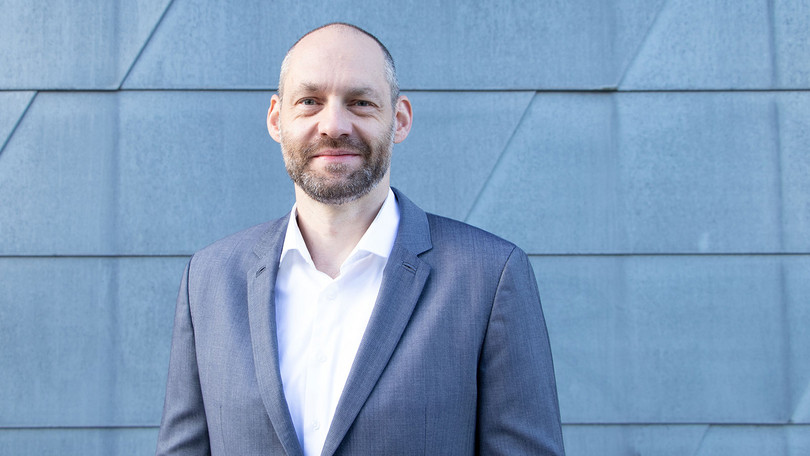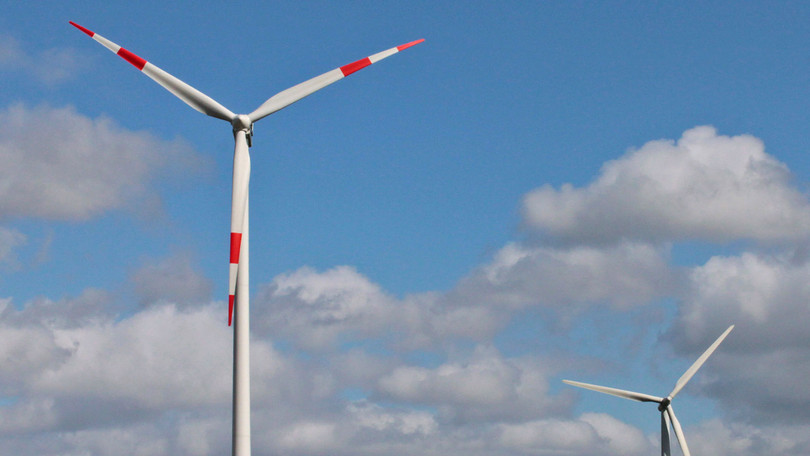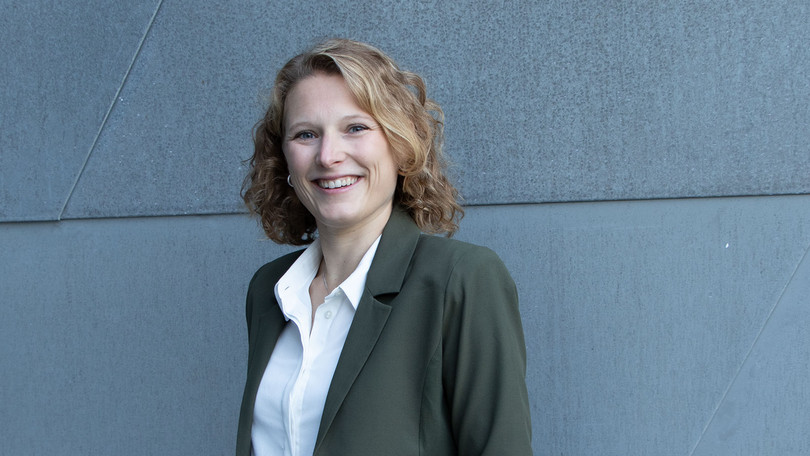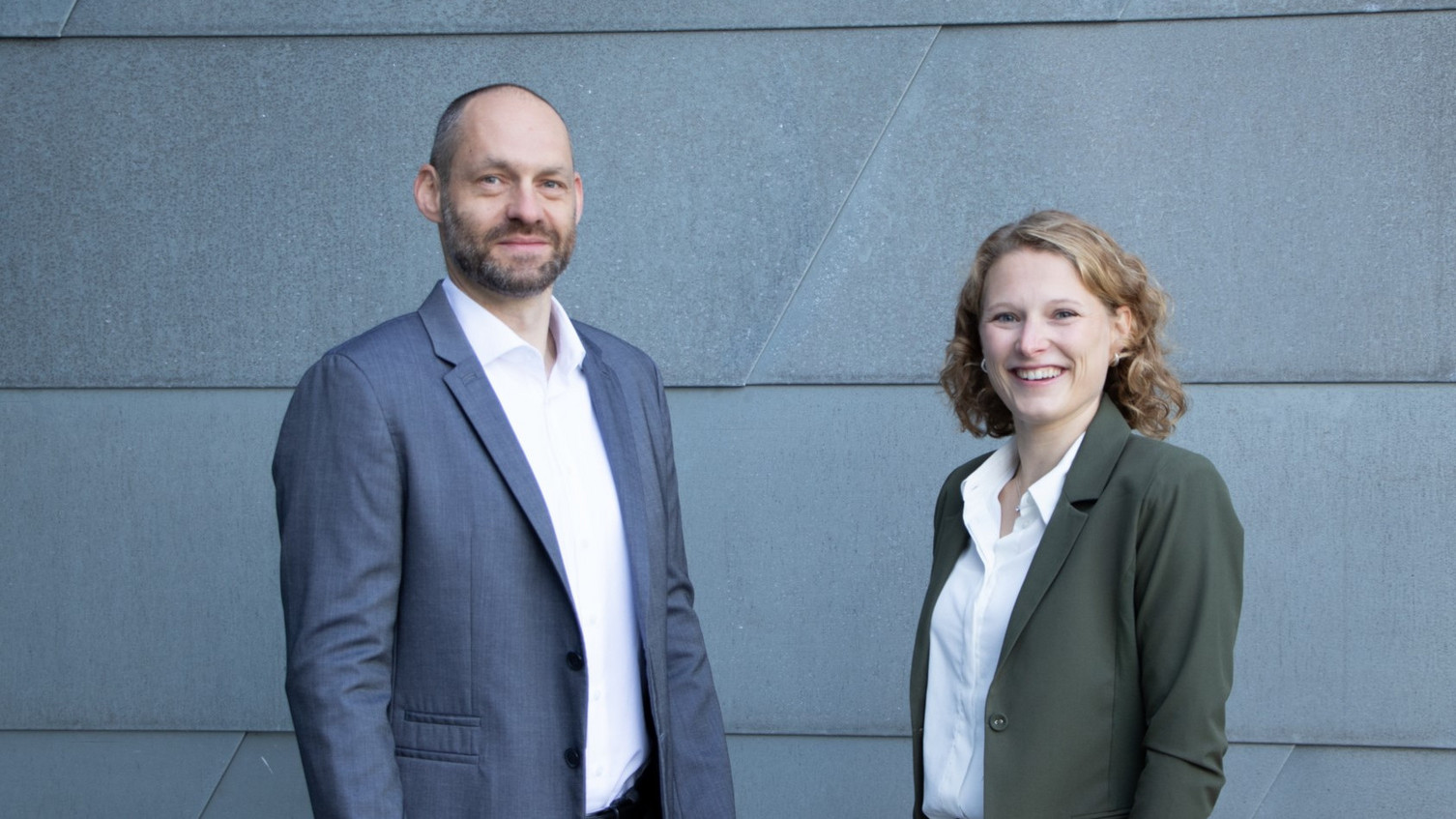Giving the wind a chance
2023-06-29 The current wind turbine expansion targets cannot be met by 2030. The production and supply chains harbour problems. Leuphana Engineering sees the solution in "circular supply chains".
The sober figures make the significance clear. Today, a good 33,000 wind turbines are turning in Germany. The expansion target for 2030 aims to more than double this number. There should be at least 50,000 rotors and they should generate climate-neutral electricity. But even that will be difficult. There are major challenges behind this, but also considerable opportunities. A central problem is the timely production and delivery of the required wind turbines. Researchers at the Faculty of Management and Technology at Leuphana University Lüneburg are working on solutions to optimise the supply chains. "Close cooperation between science, government and industry to identify bottlenecks and develop innovative solutions is crucial to realising Germany's potential as a wind energy pioneer and implementing the transition to sustainable energy," explains Professor Matthias Schmidt, Institute of Production Technology and Systems (IPTS).
Kathrin Kramer adds to this position: "Alongside photovoltaics, wind energy is already the most cost-effective, safest and lowest-emission form of energy generation. The decisive factor will be the pace for scaling up in the next few years - for this we should look at the facts of the material flows." She is a PhD student and research associate in the Production Management Group at IPTS. Looking at a circular economy for the future of industry is crucial, she believes. Together with Matthias Schmidt, Kathrin Kramer is researching the development of circular supply chains to increase the sustainability and resilience of the wind industry.
"The ambitious expansion targets mean an urgently needed scaling of the supply chains," continues Kramer: "At present, however, there are sometimes considerable dependencies on individual countries for raw materials such as rare earths. In addition, the ecological transformation to be achieved globally poses the challenge of organising the increasing material, personnel and production and logistics requirements well." In this context, it is crucial to implement new system concepts such as a circular economy.
INTERVIEW
To what extent can a circular economy contribute to a more sustainable and resilient wind industry?
Kathrin Kramer: The concept of a circular economy is to use only a few materials and to keep them at a very high value for as long as possible. To implement this, people often talk about so-called R-principles: REDUCE, REUSE, RECYCLE and RECOVER. The largest share of emissions along the life cycle of a wind turbine is in material extraction and processing. Accordingly, emissions can be reduced by reducing, slowing down and recycling materials. In addition, the implementation of a circular economy can open up new procurement channels, for example of used components or recycled materials, and thus increase the resilience of the supply chains.
Why is the wind industry not yet set up as a circular economy today?
Kathrin Kramer: The obstacles are evident at different levels. For example, the constant launch of new turbine types makes it difficult to leverage economies of scale and implement lessons learned along the supply chains. This leads to too low a market volume for the implementation of more differentiated circular economy strategies at the end of the first life cycle, such as the remanufacturing of components. Otherwise, the share of remanufactured components in spare parts management could be increased, for example.
Are there other obstacles?
Kathrin Kramer: Furthermore, there is still a lack of standards, know-how and data on the product life cycle for the comprehensive development of reverse supply chains and remanufacturing and recycling capacities. But also the development of new materials, turbine designs and production processes taking into account design criteria of the circular economy for turbines to be installed in the future is crucial. For example, research is being conducted into the recyclability of composite materials in rotor blades. The wind industry is not the only industry still working on solutions to implement a circular economy. According to the Circular Gap Report 2023, only 7.2 percent of our global economy is currently circular. However, as a core solution provider for decarbonising the economy, the wind industry is in an excellent position to lead the way.
What does your group's research exemplify in order to achieve a circular economy?
Kathrin Kramer: First of all, we look at wind energy supply chains with regard to achieving the expansion targets in Germany and consider what is required to make the supply chains circular, taking local conditions into account. To do this, it is important to build up an understanding of the system, i.e. to create transparency about the resource flows and any conflicts of objectives that may arise, as well as to understand the feasibility of the different circular economy strategies. For example, we are investigating the potential of a secondary use of turbines and core components. We are developing approaches for planning and controlling production and logistics processes that enable a circular economy. Of course, it is crucial to take a European or global perspective. We achieve this, for example, by exchanging ideas with the Department of Wind and Energy Systems at the Technical University of Denmark (DTU Wind), where I am currently pushing ahead with my research work.
Change of perspective: How do you integrate data management into research? What contribution does data-based logistics planning and control make?
Kathrin Kramer: For approaches and algorithms to be developed for the planning and control of circular supply chains, current data and the efficient processing of this data are enormously important. For example, data on locations, useful lives and stocks in storage levels must be brought into alignment with realistic expansion targets in order to provide and make good use of the capacities required in the future, some of which are highly specialised resources (e.g. to carry out offshore installation activities). Data is needed at various levels, on the one hand about the turbine, the respective components, but also about the material composition, and this over the entire life cycle of the wind turbine.
One last question about future research strategy for you, Prof. Schmidt: What do you expect will have changed for industrial practice when the redesign of business models, supply chains, organisations, products and processes will have been completed? What will industrial green practice look like then?
Matthias Schmidt: The traffic jam "completed" does not exist in our world. We rather expect a constant process of adaptation to ever new challenges and opportunities. But we can give an outlook: Industrial practice will be based on symbioses between industries that today still run in isolation. The acquisition of a service instead of the production of a product is the future goal. Supply chains will be agile and will no longer know only one direction of material flow. Accordingly, the relationship between stakeholders in the most diverse supply chains will be characterised by increasing cooperation.
Contact
Kathrin Kramer und Professor Dr.-Ing. Matthias Schmidt
Faculty Management and Technology
Professorship for Production Management
Institut für Produktionstechnik und –systeme (IPTS)
Leuphana Universität Lüneburg
Universitätsallee 1
21335 Lüneburg
Mail:




